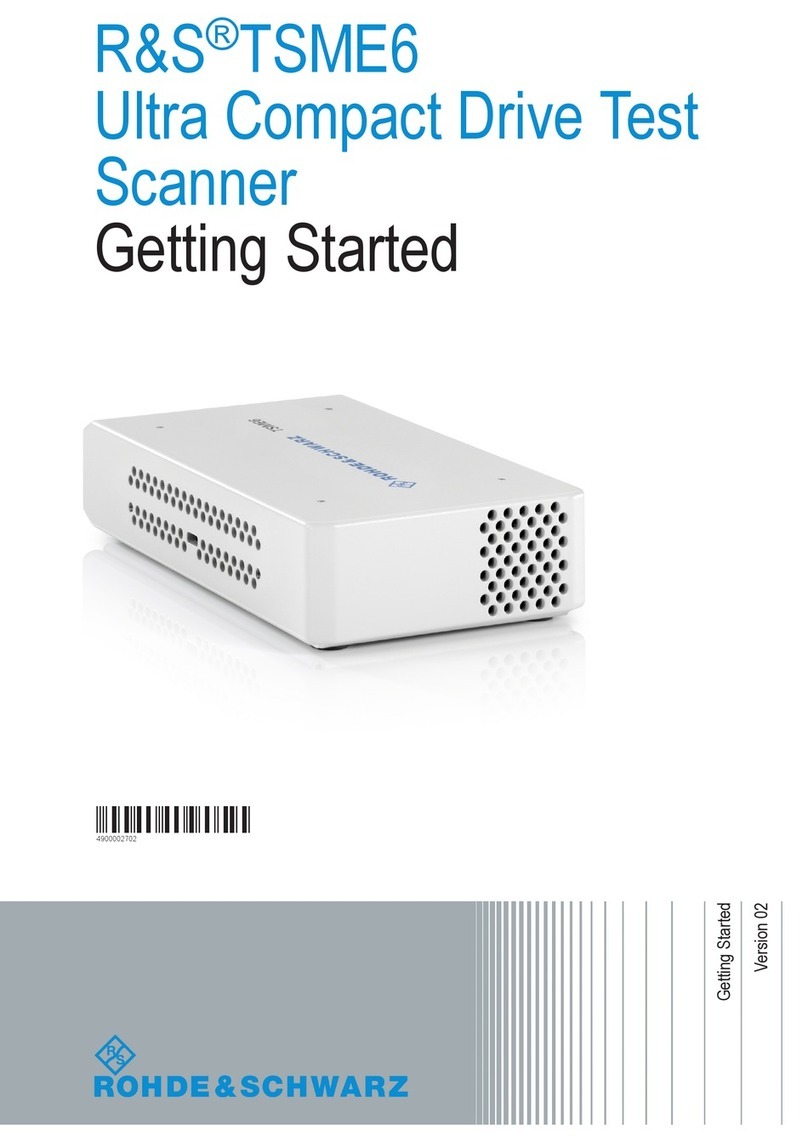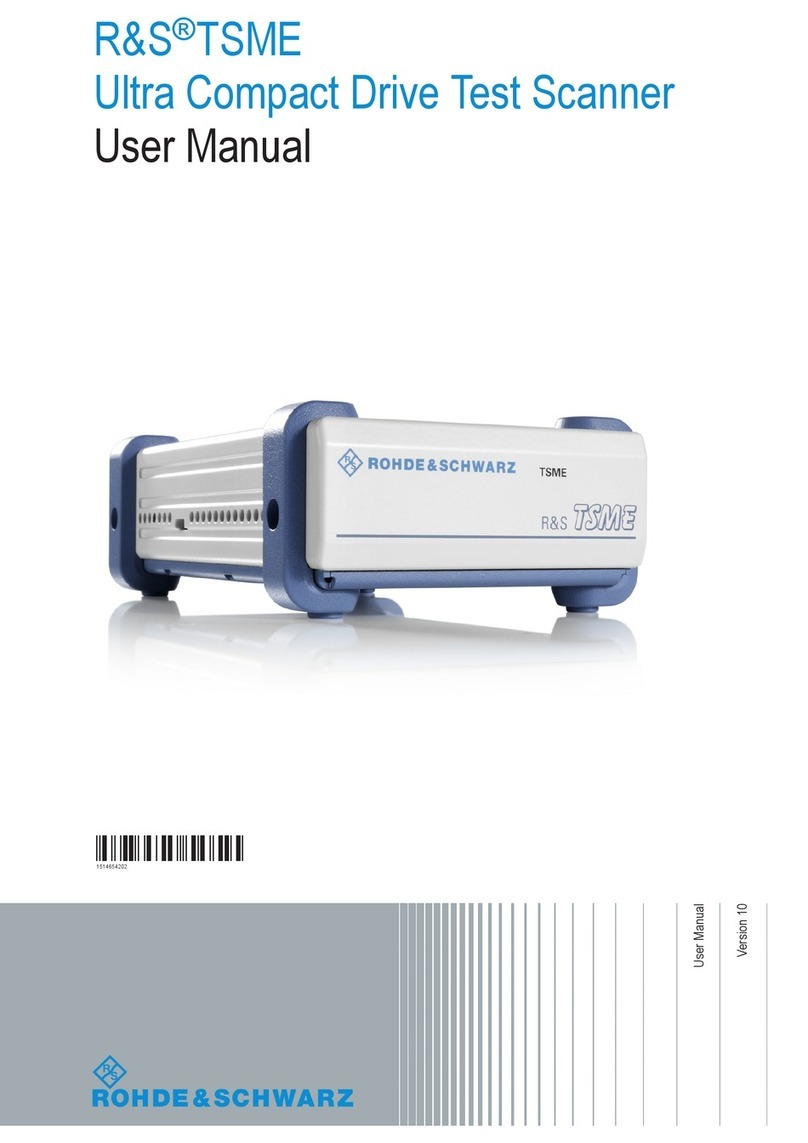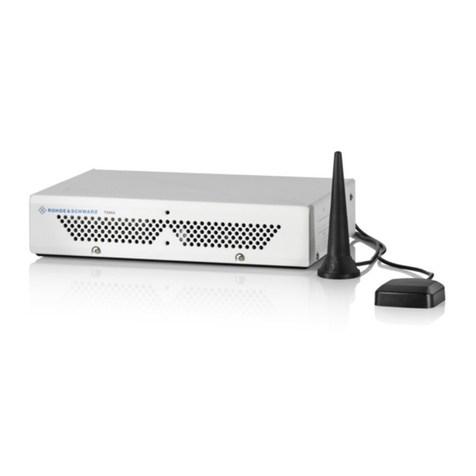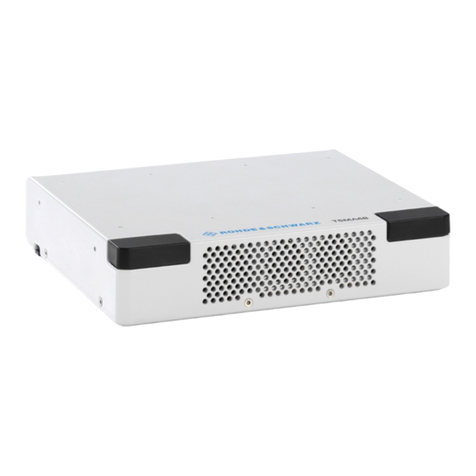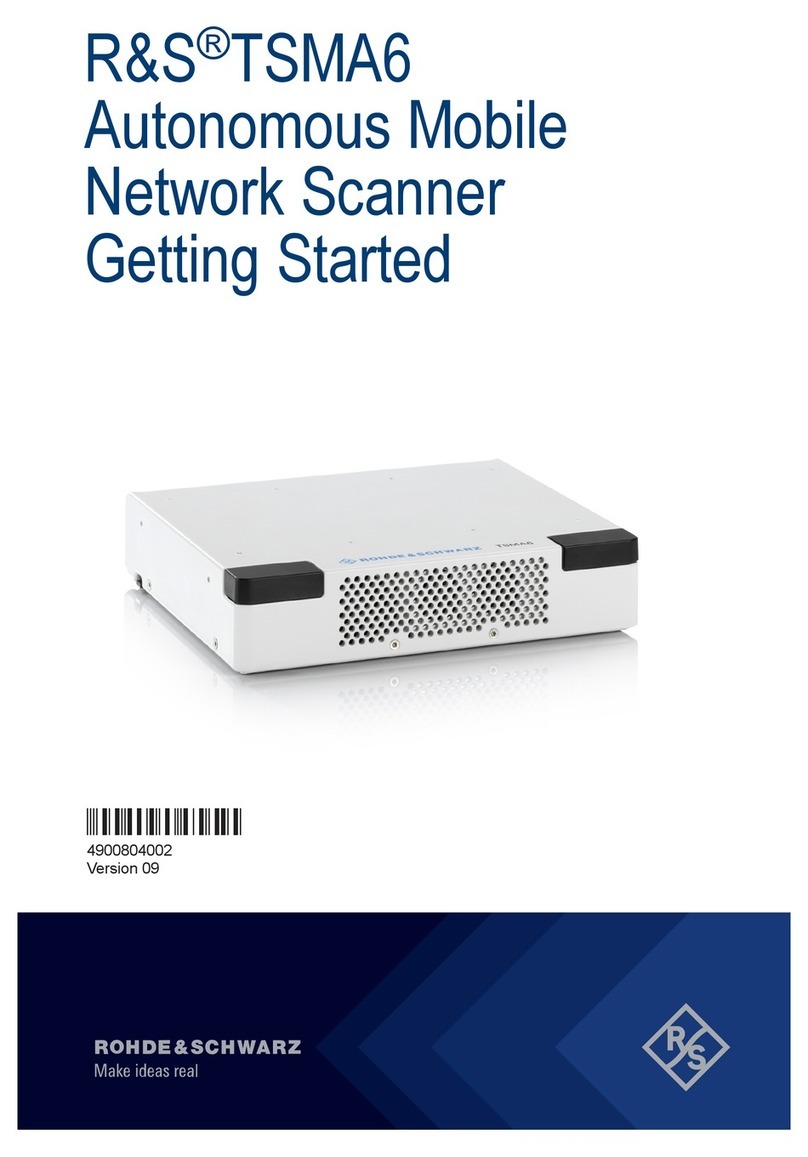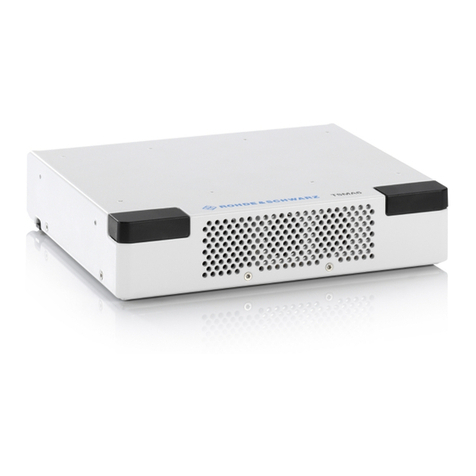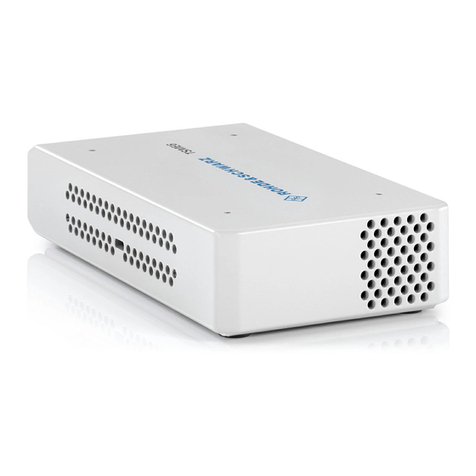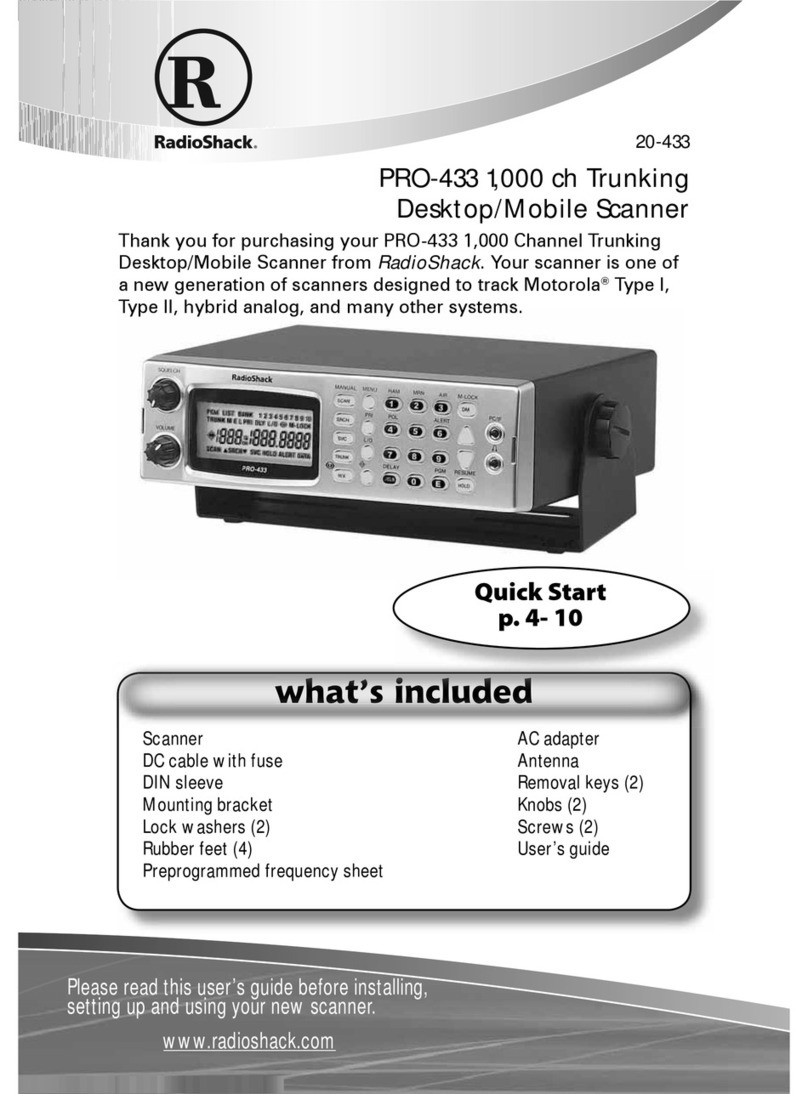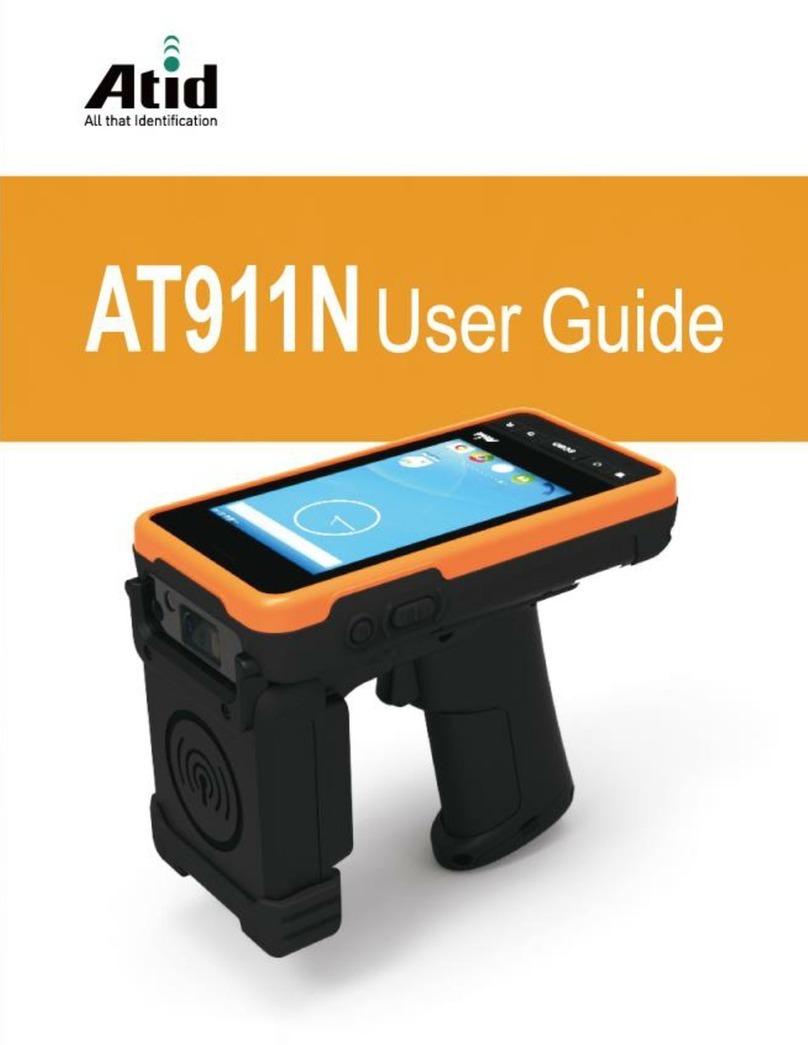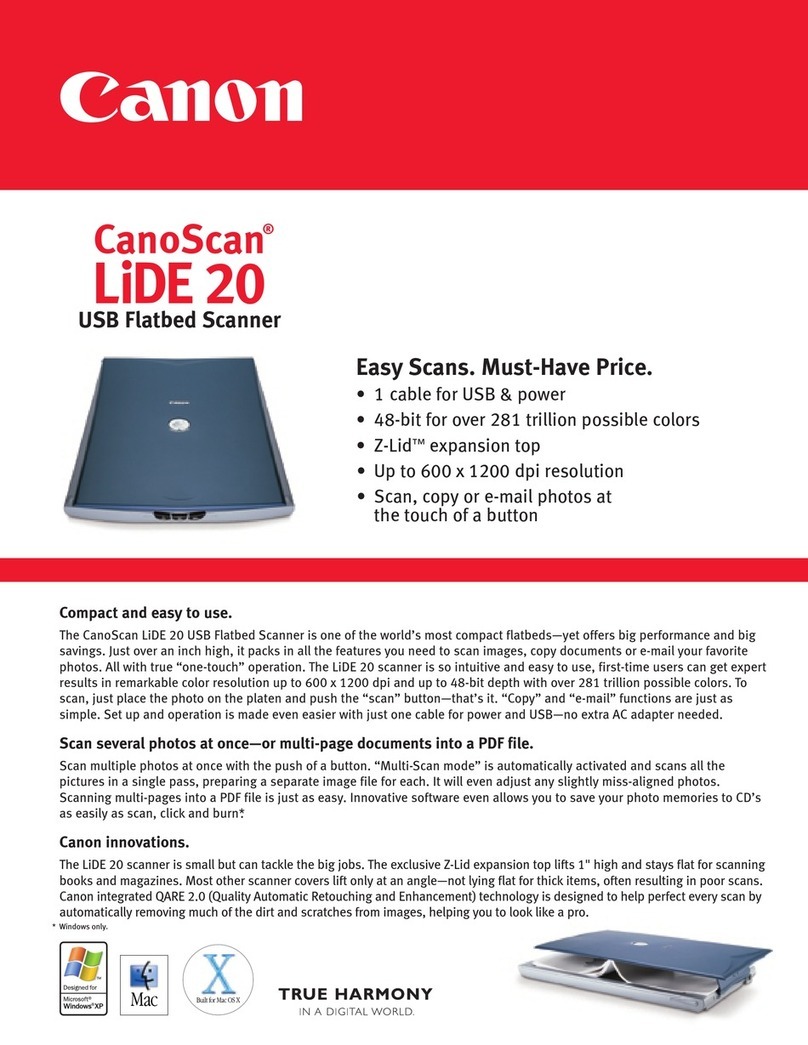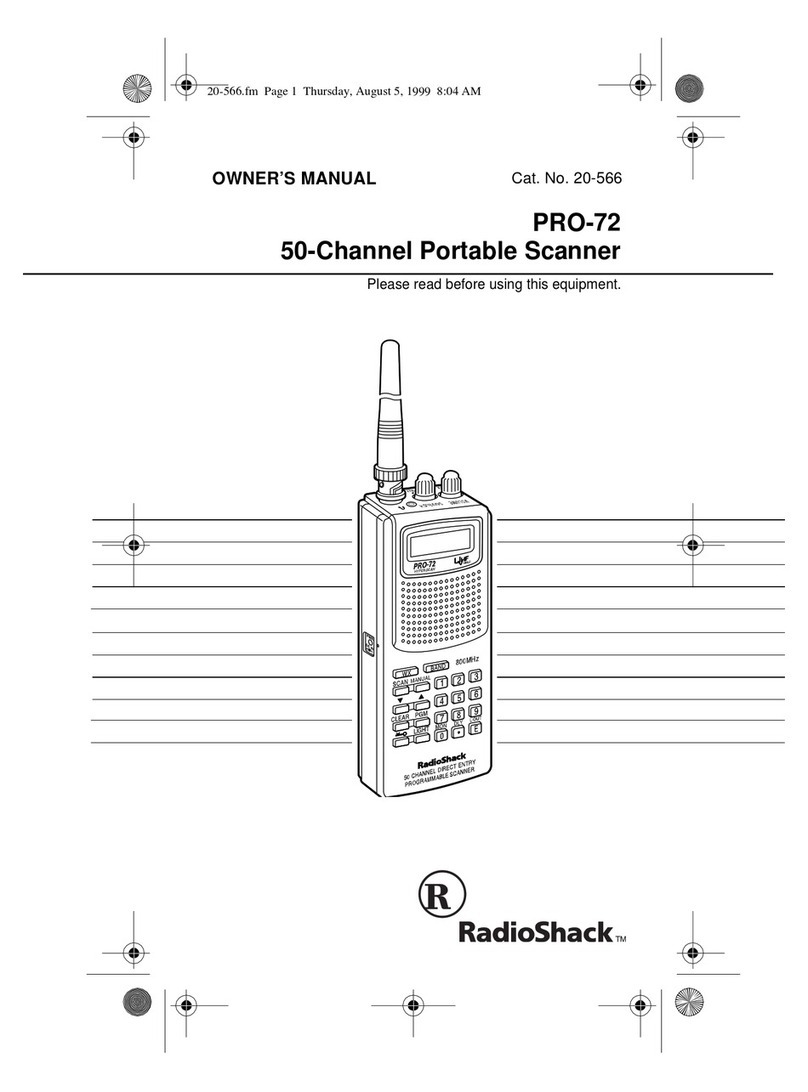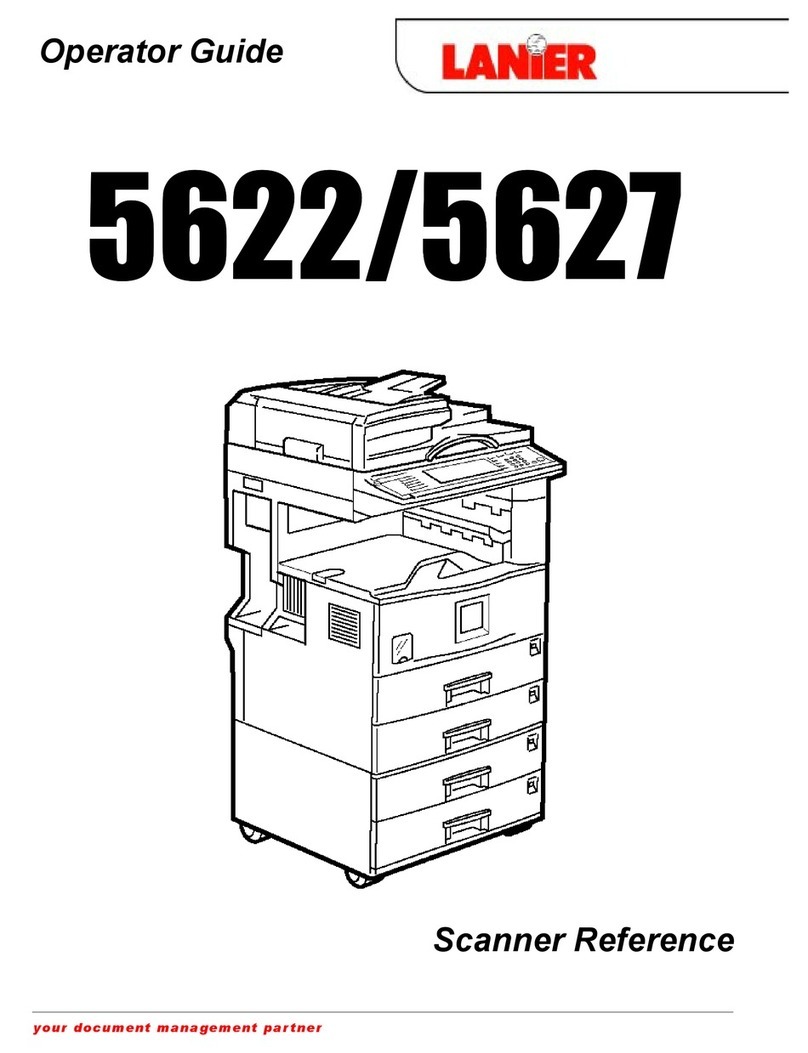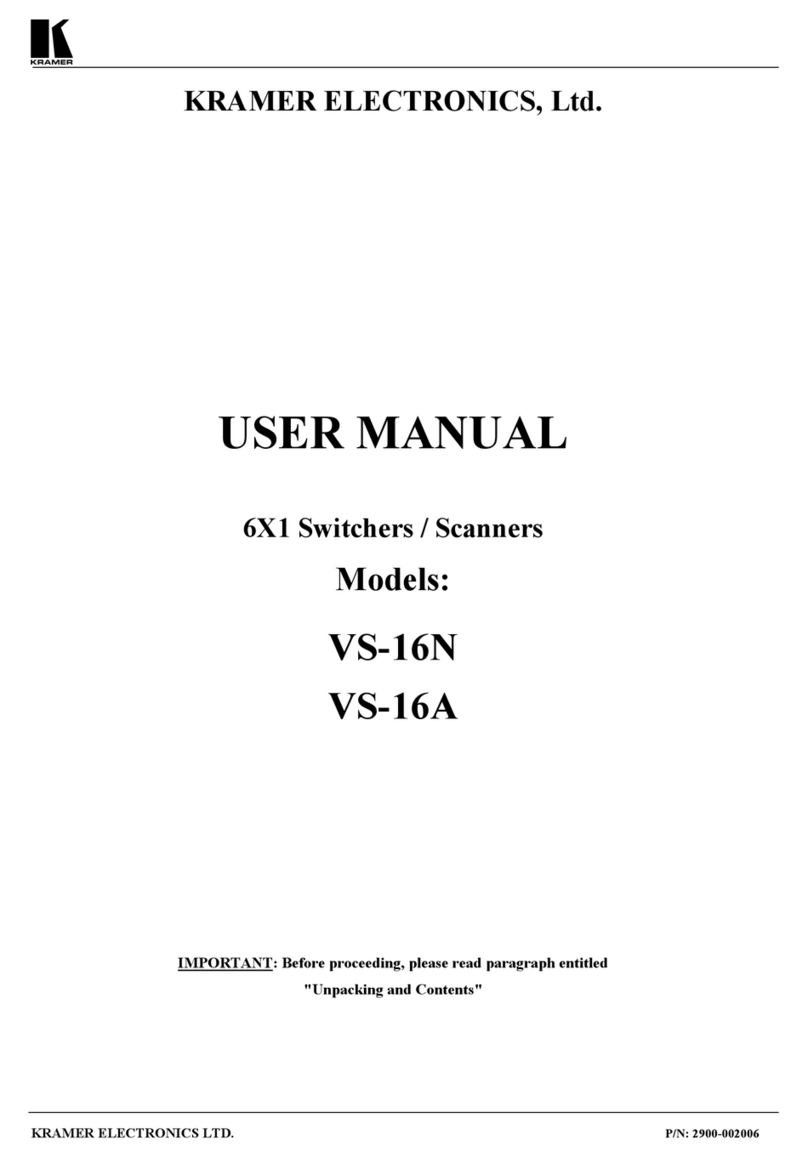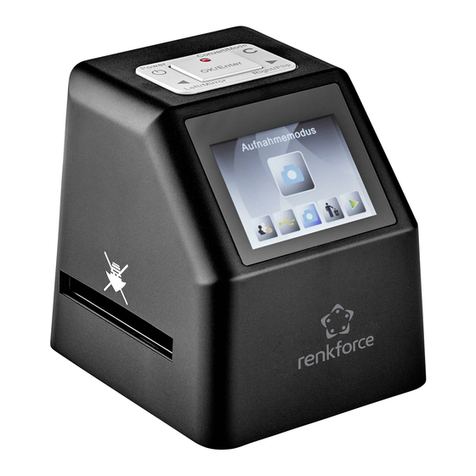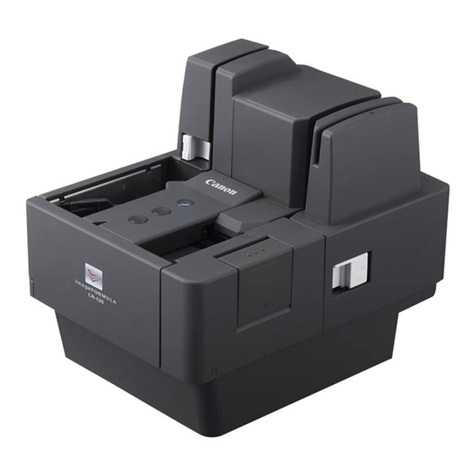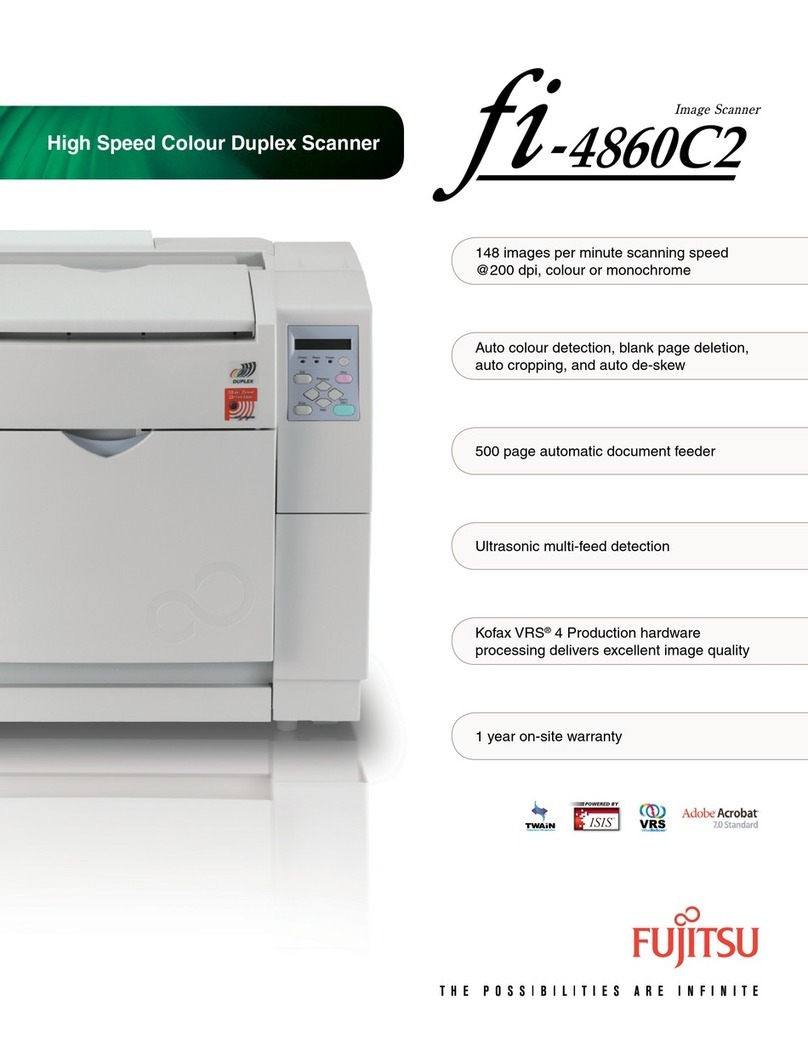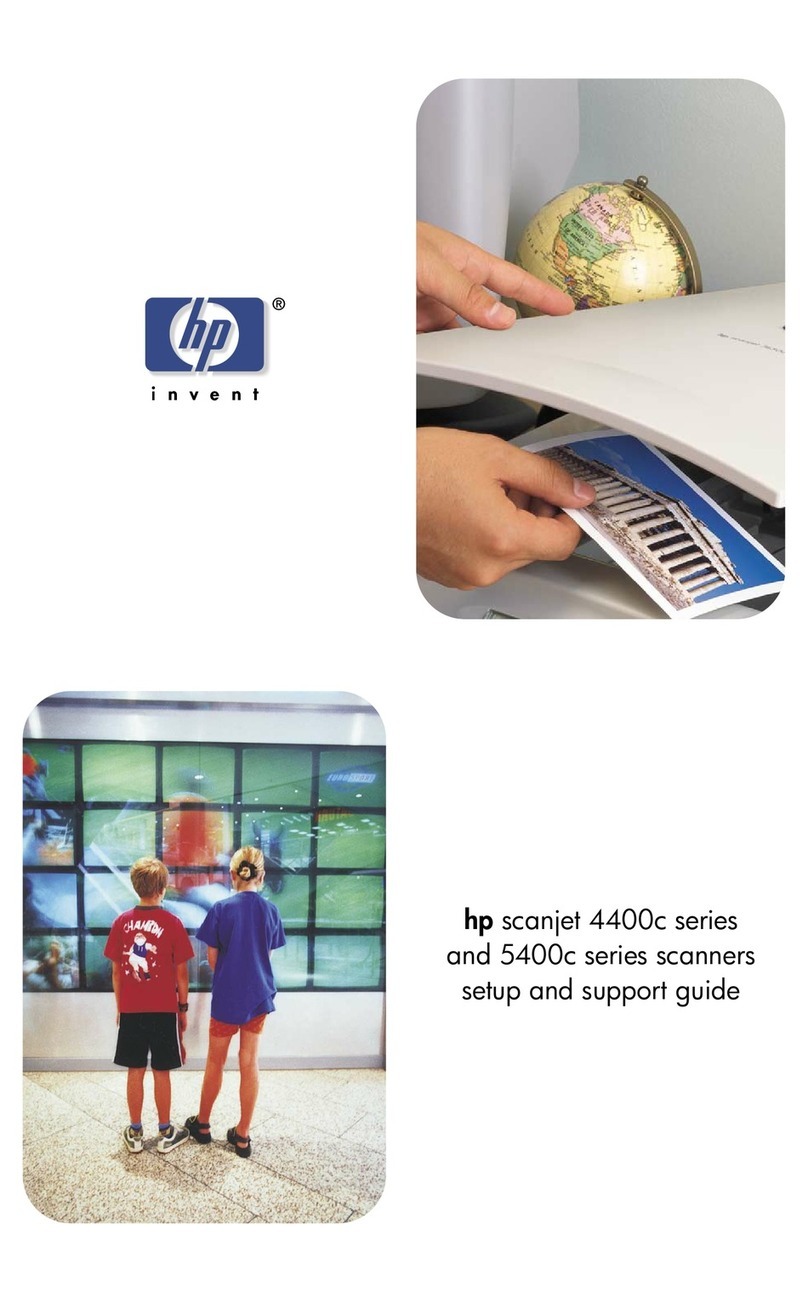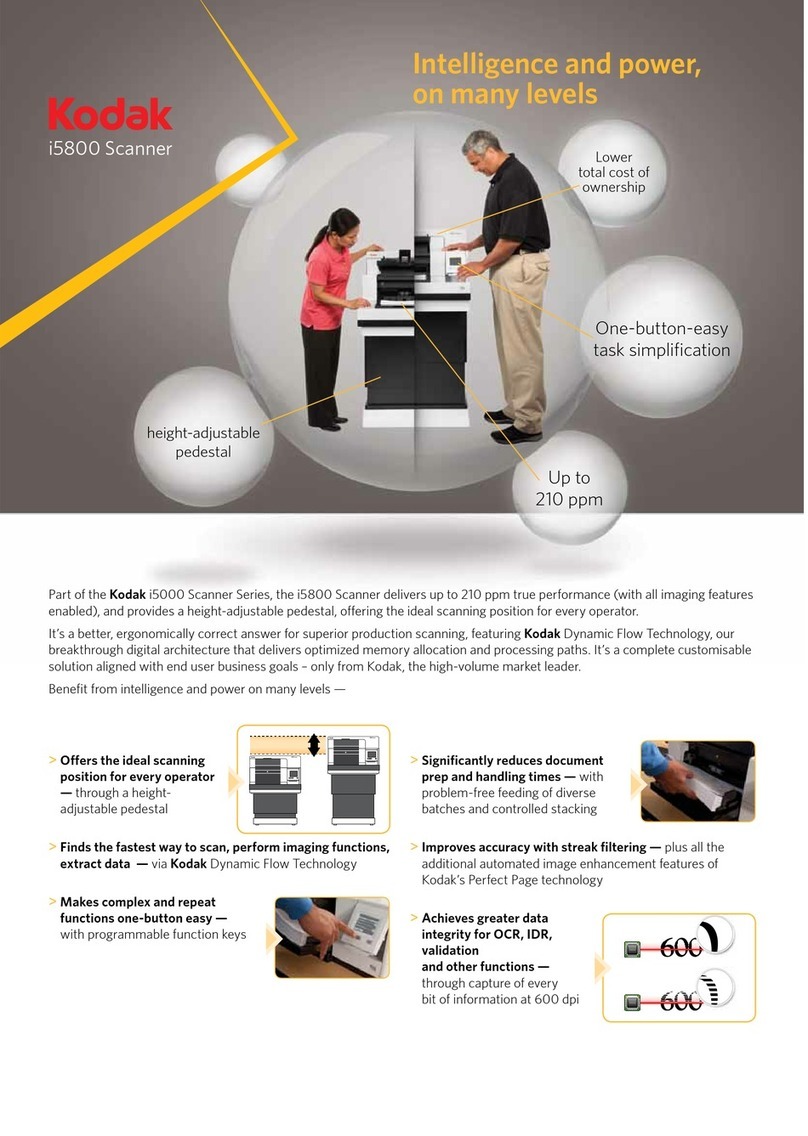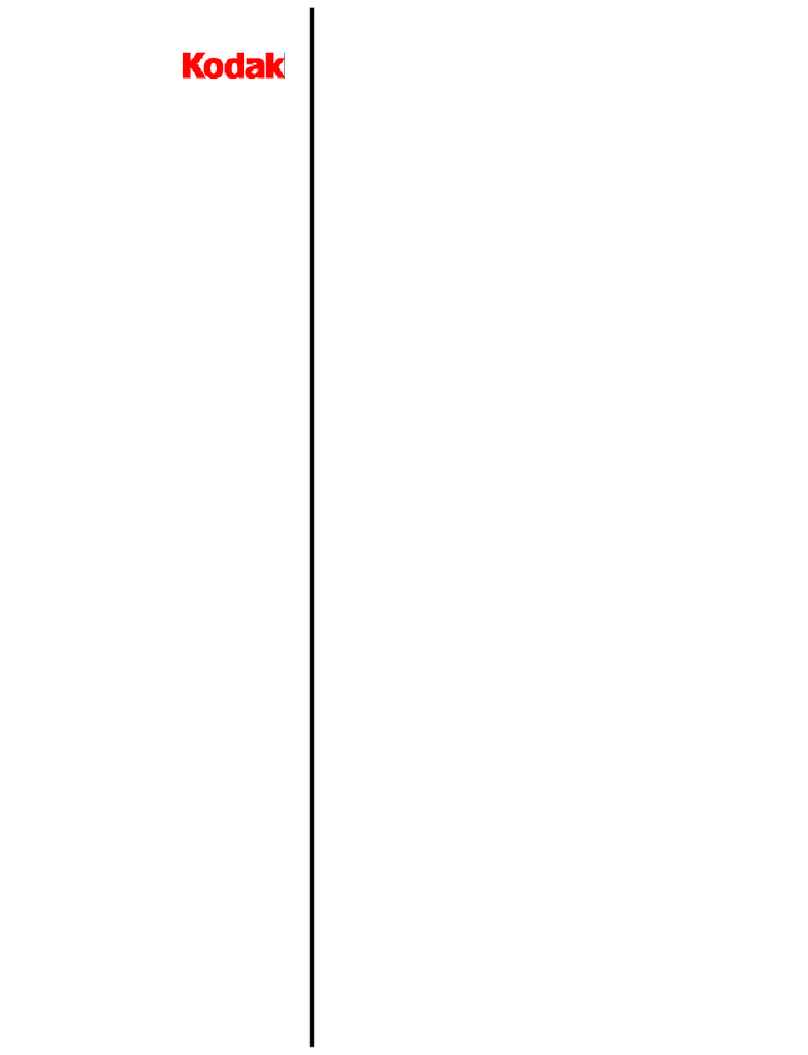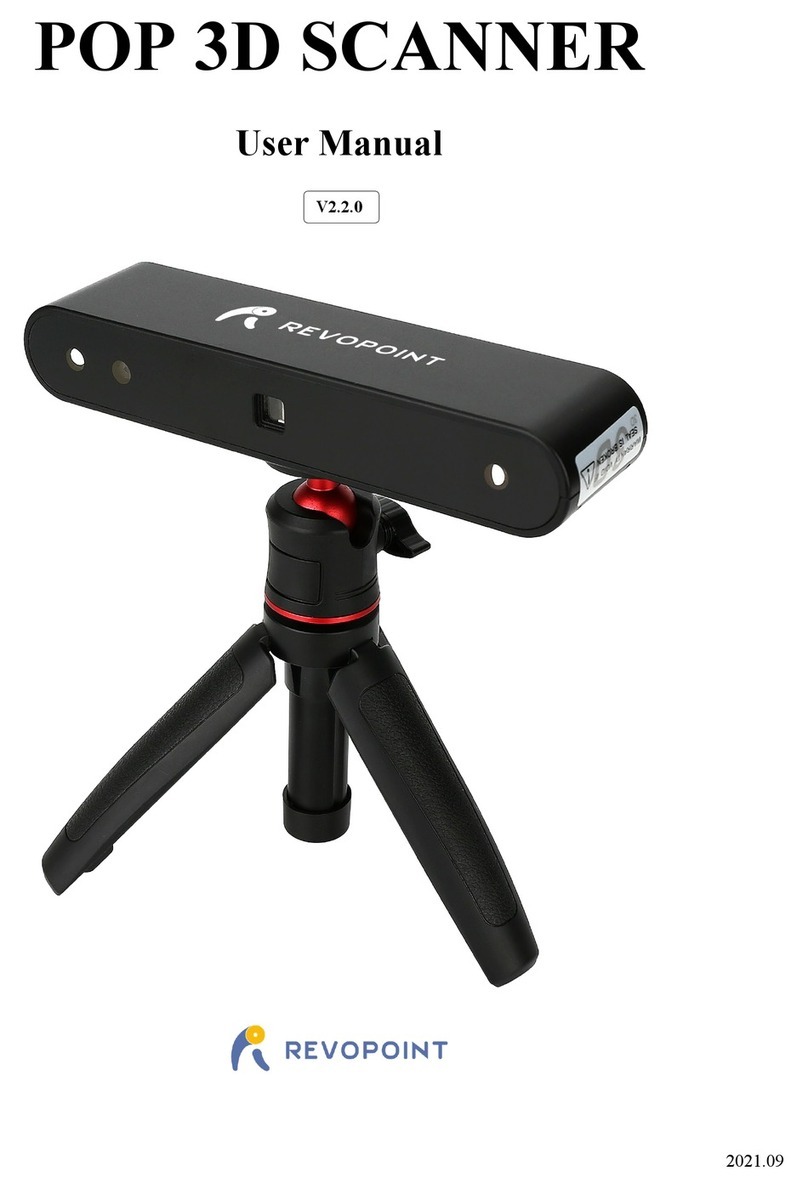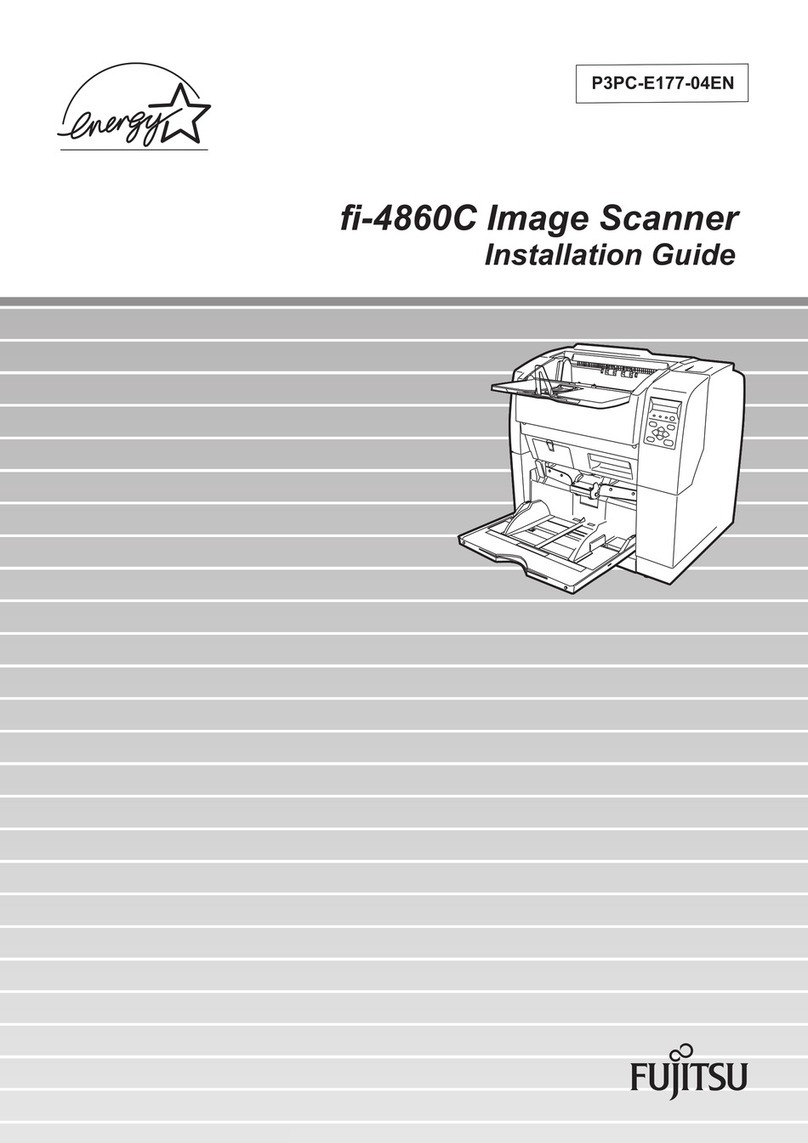
Safety and regulatory information
R&S®TSME6
7Getting Started 4900.0027.02 ─ 06
Handling batteries safely
The product contains exchangeable or built-in lithium polymer or lithium ion cells
or batteries. The use of the word battery in the following always means all types.
Only the battery contents are potentially hazardous. As long as a battery is
undamaged and the seals remain intact, there is no danger.
Impact, shock or heat can cause damage such as dents, punctures and other
deformations. A damaged battery poses a risk of personal injury. Handle a dam-
aged or leaking battery with extreme care. Immediately ventilate the area since
the battery releases harmful gases. If you come into contact with the battery fluid,
immediately remove all contaminated clothing. Irritation can occur if the battery
fluid comes in contact with your skin or eyes. Immediately and thoroughly rinse
your skin or eyes with water and seek medical aid.
For safe handling, follow these rules:
●Do not short-circuit the battery.
●Do not mechanically damage the battery. Do not open or disassemble the bat-
tery.
●Do not expose the battery to high temperatures such as open flames, hot sur-
faces and sunlight.
●Only use the battery with the designated Rohde & Schwarz product.
●Only use the appropriate Rohde & Schwarz charger to charge the batteries. If
the batteries are improperly charged, there is a risk of explosion. For charging
and discharging temperature ranges, see the product documentation.
●Replace exchangeable batteries only with the same battery type.
●Store the battery in the product or use the product packaging.
●Dispose of exchangeable batteries separately from normal household waste
as specified by the local waste disposal agency.
If you disregard these rules, you risk serious personal injury or even death due to
explosion, fire or hazardous chemical substances. The product documentation
provides further details.
If exchangeable batteries or products with built-in batteries are defective, contact
the Rohde & Schwarz customer service. Rohde & Schwarz classifies the severity
of the defect. When returning batteries or Rohde & Schwarz products containing
batteries, use a carrier qualified to transport dangerous goods and notify the car-
rier of this classification. Follow the carrier’s transport stipulations in line with
IATA-DGR, IMDG-Code, ADR or RID.
Safety instructions
